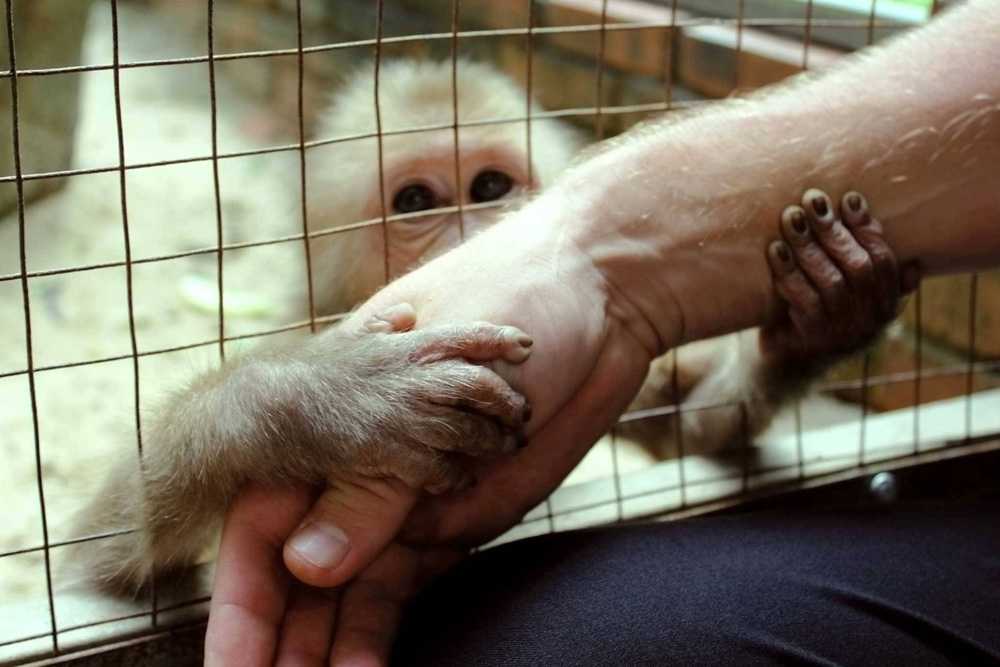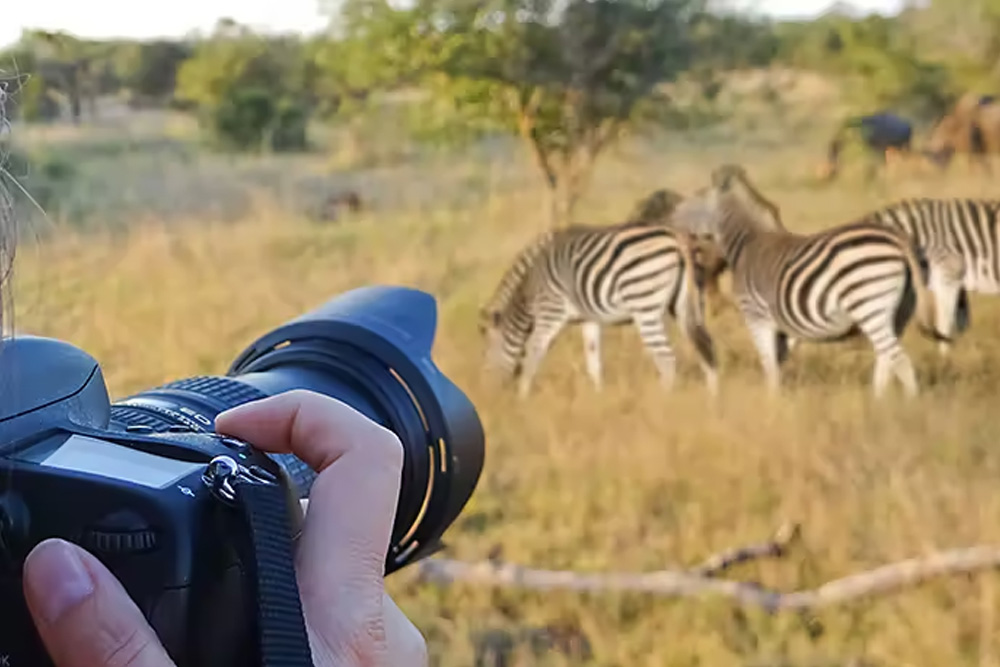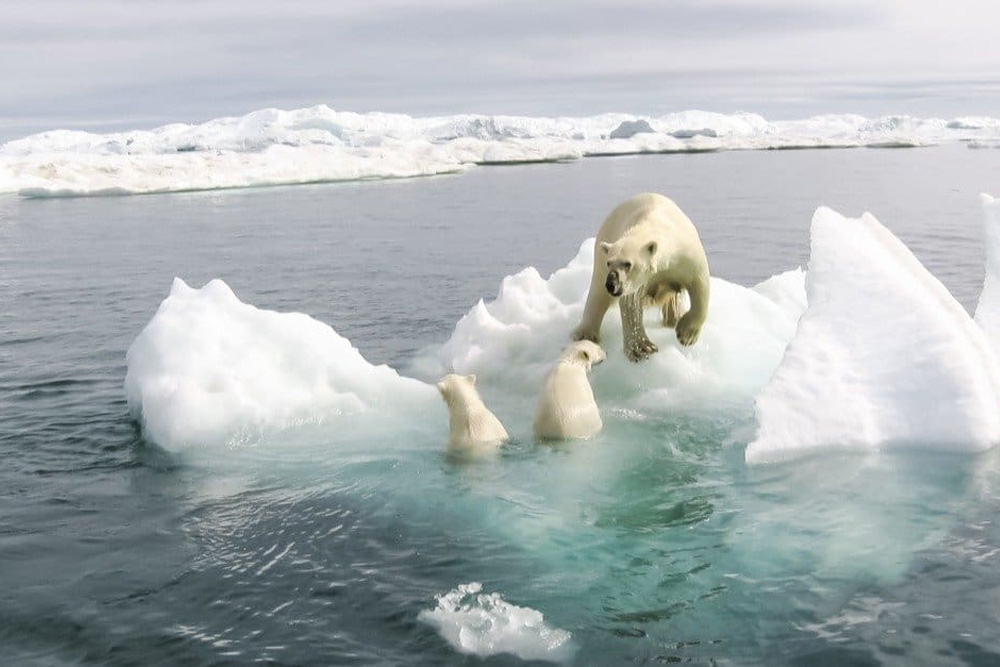The Challenges of Raising Wild and Exotic Animals in Captivity

Raising wild and exotic animals in captivity presents a unique set of challenges for caretakers and animal welfare organizations. Whether for conservtion, research, or entertainment purposes, the practice of captive animal management has come under increasing scrutiny in recent years, with many experts questioning the ethics and effectiveness of these practices. In this article, we will explore the challenges associated with raising wild and exotic animals in captivity, including the physical and psychological needs of the animals, the potential risks to human safety, and the impact of captive breeding on species conservation.
Physical and Psychological Needs:
Wild and exotic animals have specific physical and psychological needs that must be met in order for them to thrive in captivity. For example, many wild animals require a large amount of space and natural habitats, such as trees and bodies of water, in order to engage in natural behaviors such as hunting, foraging, and socializing. Additionally, captive animals may experience a range of psychological issues, such as depression, anxiety, and aggression, as a result of the stress and boredom of confinement.
Related articles
1- Treat Your Pet Like Family: 10 Fun Activities to Do Together
2- Keep Your Pet Healthy and Happy with Regular Veterinary Check-ups
3- How to Keep Your Pets Mind Sharp with Unique Games and Foods!
4- From Fat to Fit: Home Exercises for Your Obese Pet
Risks to Human Safety:
Raising wild and exotic animals in captivity also poses significant risks to human safety. While many captive animals are docile and well-trained, accidents can and do happen. For example, large carnivores such as tigers and lions have been known to attack and kill their handlers, while venomous snakes and spiders can pose a serious threat to anyone who comes into contact with them. Additionally, many exotic animals can carry diseases that can be transmitted to humans, such as tuberculosis and monkeypox.
Impact on Species Conservation:
Captive breeding programs have been established as a means of preserving endangered species and preventing their extinction. While these programs have had some success, they also present their own set of challenges. For example, many captive-bred animals are unable to survive in the wild due to a lack of genetic diversity and exposure to natural selection pressures. Additionally, some conservationists argue that captive breeding programs can encourage a false sense of security and divert resources from more effective conservation efforts, such as habitat protection and restoration.
Ethical Considerations:
Perhaps the most contentious challenge associated with raising wild and exotic animals in captivity is the ethical considerations involved. Many animal welfare experts argue that it is inherently cruel to confine animals that are naturally adapted to living in the wild. Additionally, some animal rights advocates argue that the practice of using animals for human entertainment or research is exploitative and violates the animals’ inherent rights to freedom and dignity.
The challenges associated with raising wild and exotic animals in captivity are multifaceted and complex, and require careful consideration and management. In recent years, there has been a growing trend towards more humane and sustainable approaches to captive animal management, such as creating larger and more natural habitats, implementing enrichment activities to stimulate natural behaviors, and providing veterinary care that focuses on both physical and psychological well-being.
However, there is still much work to be done to ensure that captive animals are treated with the dignity and respect that they deserve. This includes addressing the underlying ethical issues surrounding captive animal management, such as the ethics of using animals for research or entertainment, and the ethical considerations involved in breeding animals for captivity.
Ultimately, the challenges of raising wild and exotic animals in captivity require a multifaceted and nuanced approach that takes into account the needs of the animals, the risks to human safety, the impact on species conservation, and the ethical considerations involved. By working together to develop more humane and sustainable approaches to captive animal management, we can help to ensure a brighter and more ethical future for both captive animals and their wild counterparts.
Furthermore, it is important to highlight that despite all the concerns and challenges involved in raising wild animals in captivity, there is an enormous amount of animals bred in captivity all over the world. According to World Animal Protection estimates, there are around 3,000,000 wild animals tolerated in captivity around the world, including birds, reptiles and mammals. These animals are tolerated in a variety of environments, from zoos and aquariums to circuses and entertainment establishments.
The alarming numbers highlight the need to carefully consider the advantages and preservation of keeping wild animals in captivity. On the one hand, raising animals in captivity can allow people to learn more about these species and enjoy them up close, which can help raise awareness and inspire conservation of endangered species. Furthermore, captive breeding can be an important tool for the conservation of endangered species such as the northern white rhino.
However, there are many kept in keeping wild animals in captivity. Animals are often taken from their natural habitats and deprived of their freedom and independence, which can result in health and behavioral problems. In addition, animals in captivity can be exposed to diseases and stress situations, such as deprivation of adequate food and water, as well as confinement in tight and inappropriate spaces. Still, many animals in captivity are exploited for commercial purposes, which can involve poor conditions and cruel practices, such as transmitting bile from bears or using elephants for sightseeing.
In summary, while raising wild animals in captivity has many advantages, there are many conservation and ethical concerns involved. It is important to carefully consider the long-term effects that captive breeding can have on the health and welfare of animals, as well as the preservation of wild species around the world.
In summary, the challenges of keeping wild animals in captivity are many and varied, and it is important to carefully weigh the advantages and disadvantages of keeping animals in captivity before making a decision. The protection and conservation of wild species is a responsibility that must be shared by all, and it is necessary to consider approaches that respect the life and integrity of these animals. It is essential that measures are implemented to guarantee the well-being and freedom of animals in captivity, as well as the conservation of their species in the wild. Thus, it is possible to balance the need for learning and entertainment with ethics and respect for wild animals.
Sobre o Autor




0 Comentários